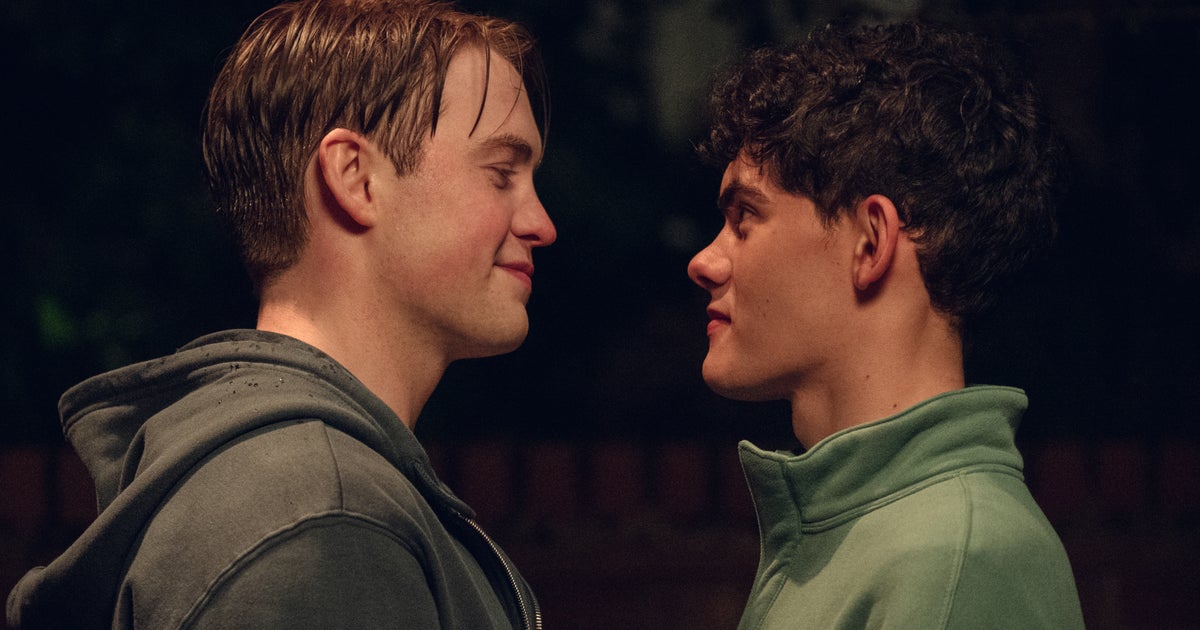
What Sets Netflix’s ‘Heartstopper’ Apart From Other Coming-Of-Age Shows
HuffPost
The third season of the British teen show is a faithful adaptation of Alice Oseman’s graphic novel series of the same name.
You can’t choose what happens to the people you love, or the choices they’ll make, or how their past trauma will impact their present lives. These are tough relationship lessons, lessons that you wouldn’t expect a teen TV show to explore. That’s what sets Netflix’s “Heartstopper” apart from its coming-of-age contemporaries.
The third season of the British teen show, which premiered last week, continues the love story between Nick Nelson (Kit Connor) and Charlie Spring (Joe Locke), now that Nick has come out as bisexual and their relationship is public. It is a faithful adaptation of the fourth and fifth volumes of Alice Oseman’s graphic novel series of the same name.
The first of the eight episodes picks up where the last episode of the second season ended. It’s summer, and Charlie is trying to figure out how and when to tell his boyfriend that he loves him, and Nick is worried that Charlie may have an eating disorder. Both conflicts surface when the two spend the day at the beach with their friends, and this juxtaposition between the universal and specific is what makes “Heartstopper”— both the TV show and comic — so exceptional.
“Heartstopper” captures the heightened emotions of being a teen and falling in love for the first time — the electricity that crackles between grazed fingers and bumped knees — while also showing how healthy, real love constantly reshapes itself as conditions in life change, becoming a force that steadies instead of constricts.
In the first episode at the beach, Charlie is sitting on a towel listening to music when Nick touches his cheek. They smile at each other.











